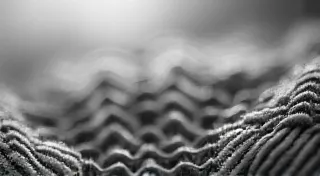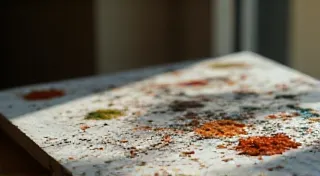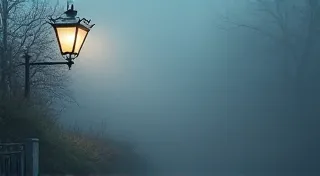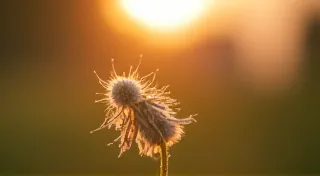The Artist’s Conjecture: Embracing Creative License in the Restoration of Historic Hues
There’s a quiet magic held within antique postcards. More than just faded paper and a brief message, they’re windows into lives lived, moments captured, and a visual echo of an era long past. To hold one in your hand, to trace the lines of a street scene or the expression on a subject’s face, is to connect with history in a profoundly personal way. When I began my journey into postcard colorization, I was initially driven by a desire to simply *restore* what was lost – to bring these scenes back to a semblance of their original vibrancy. But I quickly realized that the process is far more complex, a dance between meticulous research, technical skill, and, ultimately, artistic conjecture.
The challenge isn's simply applying color; it’s about interpreting a silent narrative, a fragmented memory preserved on fragile cardboard. My grandfather, a collector of antique radios, used to say, "It’s not just about getting the parts working, it’s about hearing the music again, the feel of the era." The same holds true for these postcards.
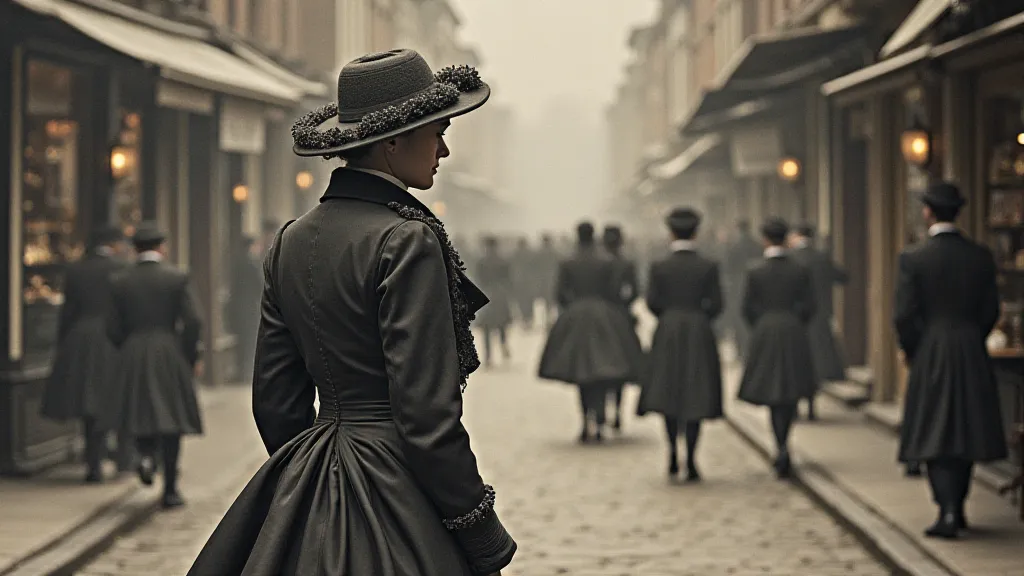
The Ghosts of Color: Understanding the Past
The reality is, we rarely know the *exact* colors that existed in a photograph, let alone a postcard. Early photographic processes were monochromatic, and any color information was lost over time. Even the pigments used to print the original postcards were prone to fading, bleaching, and alteration. So, how do we, as colorization artists, navigate this ambiguity? The answer lies in a multifaceted approach, blending historical context, meticulous research, and a healthy dose of informed guesswork. For example, if I’m colorizing a postcard of a farm in Iowa circa 1910, I might research the dominant crops grown at the time – corn and wheat – to inform the hues of the fields. I’d study period clothing catalogs to understand the prevailing fashion choices. The research isn’t just about finding the right shades of blue for a dress; it's about building a comprehensive understanding of the scene's world.
My own entry point into this craft began with a single postcard – a picture of my great-grandmother’s bakery in Philadelphia. The image was almost completely devoid of information; the original ink had practically vanished. I felt an almost visceral need to bring it back to life, not just for myself, but as a tribute to her memory. That first attempt was, frankly, a disaster. I relied heavily on my own assumptions about what a bakery should look like, resulting in a vibrant, almost cartoonish depiction that bore little resemblance to the reality of the time. The experience taught me a crucial lesson: respecting the past means resisting the urge to impose our modern sensibilities onto it.
The Art of Conjecture: Balancing Accuracy and Interpretation
This brings us to the core of the dilemma: how do we balance factual accuracy with artistic license? There’s a temptation to over-research, to become paralyzed by the pursuit of absolute certainty. But at some point, we must trust our instincts, to make educated guesses based on the available information. It's about creating a believable world, not a perfectly accurate replica.
I often employ a process I call "layered conjecture." I start with the most easily verifiable elements – the sky, for example, which is usually a reliable shade of blue, though nuanced by weather conditions. Then, I move on to elements with more inherent ambiguity, such as the color of the building facades. Here, I consult period paint samples and architectural records, but I also allow myself a degree of artistic freedom, guided by the overall mood and composition. It’s about creating a visual harmony, a sense of coherence that transcends the limitations of the original image.
Consider the example of a postcard depicting a horse-drawn carriage. Knowing the types of wood used in carriage construction allows me to accurately represent the color of the vehicle itself. Understanding the textiles used for the driver's coat allows a reasonable, historically-accurate colorization. But what about the flowers adorning the carriage? There's no guarantee what flowers were present that day, or even in that season. Here, I might choose flowers that were commonly grown in the area, or that evoke a particular feeling – perhaps a sense of prosperity or celebration.
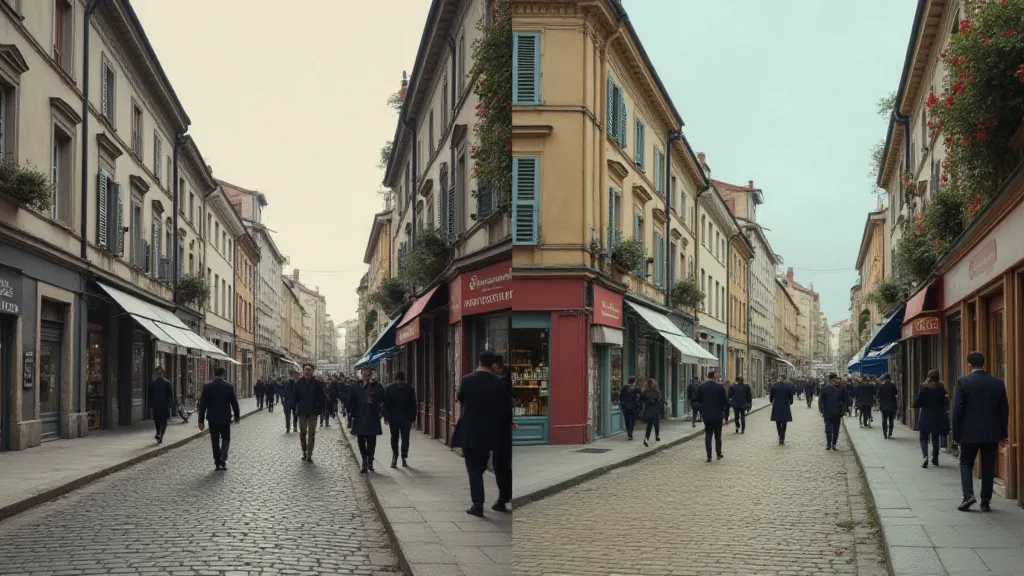
The Collector’s Eye: Appreciation and Authenticity
The world of antique postcard collecting is passionate and discerning. Collectors aren’t necessarily opposed to colorization, but they value authenticity and historical accuracy. A poorly executed colorization, one that deviates wildly from the likely reality, can actually detract from the postcard’s value. The best colorizations, in my opinion, are those that enhance the original image, revealing its inherent beauty and telling a more complete story without sacrificing its historical context.
Beyond the technical aspects, there’s a deeper appreciation to be had. These postcards are more than just artifacts; they’re fragments of human experience, glimpses into lives lived and stories waiting to be told. As colorization artists, we become custodians of these memories, responsible for preserving their integrity and sharing them with a wider audience.
The Digital Palette: Techniques and Tools
While the principles remain consistent, the tools of the trade have evolved significantly. Early attempts at postcard colorization relied on laborious manual techniques. Today, digital photo restoration software offers a range of powerful tools that streamline the process. Layers, blending modes, and masking allow for precise control over color application and image manipulation. Understanding color theory is paramount; grasping concepts like hue, saturation, and value is essential for creating a realistic and visually appealing result.
The software itself is becoming increasingly sophisticated, with features like AI-powered colorization and automatic background removal. However, it's crucial to remember that these tools are merely aids; the artistic judgment of the colorization artist remains the most important factor. The ultimate goal is not to create a technically perfect image, but to evoke a sense of wonder and connection to the past.
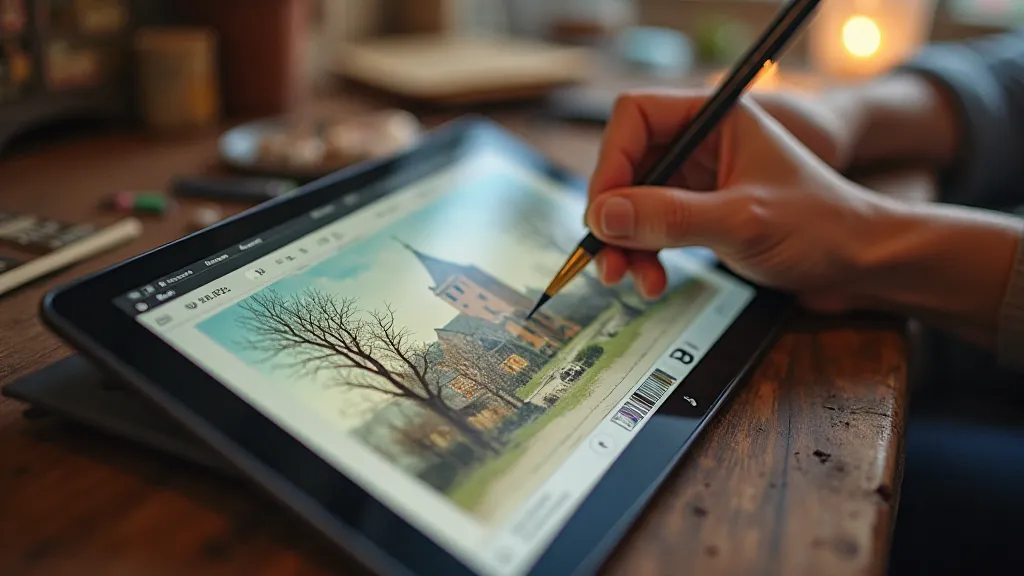
The artist’s conjecture isn’t about inventing a history, but about illuminating one. It’s about using our skills to breathe new life into these fading treasures, inviting others to share in the beauty and poignancy of a bygone era.
